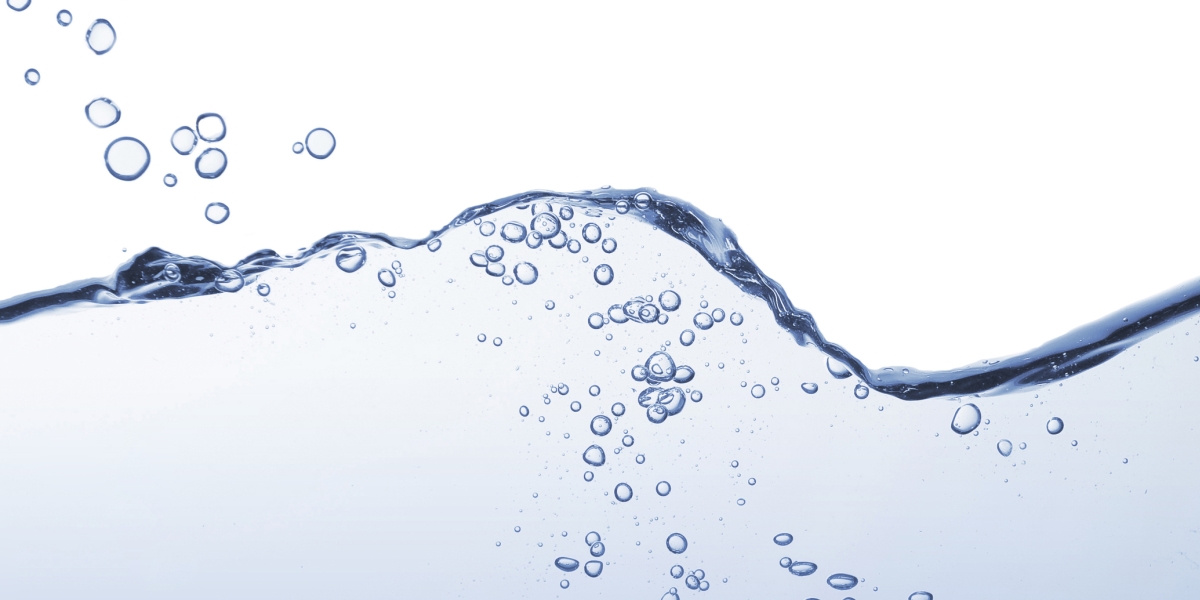 Prepared for Maven’s Notebook by Robert Shibatani
Prepared for Maven’s Notebook by Robert Shibatani
Federal and State reservoirs in California have lost about 132,000 AF since the beginning of December. Overall north CVP storage still stands at 89% of the 15-year average with Trinity, Shasta, New Melones, Folsom and San Luis reservoirs at 90, 82, 113, 79 and 71% of their 15-year averages, respectively. Oroville Reservoir stands at 76% of its 15-year average. Total storage in CVP reservoirs and Oroville is about 6.91 MAF representing about 45% of the total CVP and Oroville storage capacity.
As designed, the State remains reliant on accumulated past season carryover. But even that has limits. Replenishment at some point is essential. With precipitation totals well below 50% of average, releases have been measurably scaled back from Shasta, Oroville, and Folsom by roughly 25-30%. We have been closely monitoring reservoir releases and have detected no egregious waste. There have been no encroachment required “spills” from any of the primary CVP or SWP reservoirs. Flood releases seem a low probability at this time.
The modest precipitation received during the latter part of December has helped but is not nearly enough to raise precipitation-to-date totals to those considered normal for this time of year (e.g., precipitation-to-date totals for Trinity, Shasta and Huntington Lake are 36, 24, and 32% of the average, for this date, respectively). Blue Canyon in the American River watershed has still received less than half of its average precipitation totals for this time of year. Snow accumulations across the State to date have been meager but measurable. Statewide, average current snow water equivalent is only about 5 inches. This represents about 18% of the April 1st average and around 52% of the average to date. At present, the central Sierra Nevada is doing slightly better than the northern Sierra Nevada/Trinity regions. Both the Sacramento River 40-30-30 Index (SVI) and the San Joaquin River 60-20-20 are projecting high probabilities of “dry” or “critically dry” water year classifications.
NOAA’s long-range winter-spring precipitation forecasts are also maintaining “drier-than-average” conditions across California. Northern and north-central California reservoirs have benefitted from mid- to late-season storms and when these have occurred have had the ability to bolster carryover yield at critical times. This January will be another closely watched rain/snow season.
Prepared by Robert Shibatani
Robert Shibatani, a physical hydrologist with over 35-years combined academic, legal, consulting and water advisory expertise, is an international expert witness on reservoir-operations, climate change hydrology, commercial flood damage litigation, and water supply development. He is Managing Partner for The SHIBATANI GROUP International, a division of The SHIBATANI GROUP Inc. and resides in Sacramento, California. robert@theshibatanigroup.com
FOR MORE INFORMATION
Reservoirs
- Daily Reservoir Summary
- Selected Reservoirs, Daily Graphs (interactive)
- CA Data Exchange Center: Reservoirs
- CVP Daily Water Supply Report
Precipitation
- Real-time Rainfall Maps
- Detailed Monthly Precipitation Summary for Water Year
- Center for Western Weather and Water Extremes (CW3E)
Snow
Full Natural Flow Data
Drought/Climate
Water Project Operations
- State Water Project Operations and Delta Status
- Central Valley Project Operations
- Lower Colorado River Operations
Delta conditions
- Bay-Delta Live (Real Time Delta Conditions)
- EcoAtlas (Delta Restoration Projects)
Specialty Portals
- My Water Quality (CA Water Quality Monitoring Council)
- Fish Surveys (Department of Fish and Wildlife)
- NASA GRACE Groundwater and Soil Moisture Conditions


